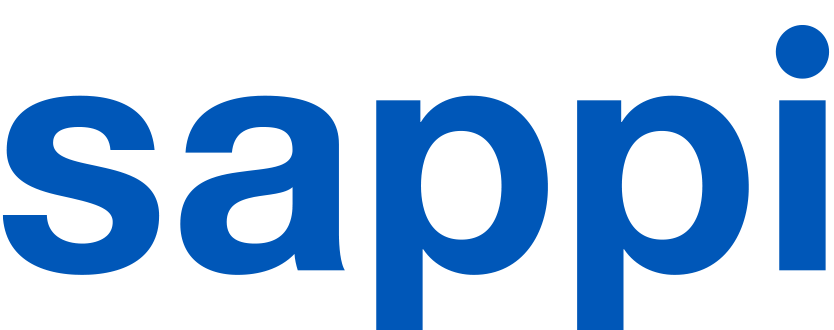
Most paper is made from woodfibre
Choosing when to use fresh or recycled fibre for your project requires careful consideration to determine the more sustainable option. Both types of fibres work together to keep paper flowing in a circular loop.
Most paper is made from woodfibre, a natural renewable material sourced from trees. That paper can be made with two types of fibres. Fresh fibre, also known as virgin fibre, is made from wood harvested for the first time, while recycled fibre, true to its name, is reused fresh fibre.
Fresh and recycled fibre: Is one better?
Watch as we show you why it's important to consider both fresh and recycled fibres when looking for sustainable paper and packaging solutions
Paper is the most sustainable choice
Why choose paper?
Consumers recycle paper more than plastic, glass or metal. So when deciding what material to use for your marketing and packaging projects, paper is already the winning answer. While it can be recycled several times, it's also important to remember that each time it gets recycled, the paper fibres become shorter and weaker. Because of this, fresh fibres need to be continually added to keep paper flowing in a circular loop.

The right fibre can depend on the application
For applications like graphics papers with high brightness as well as packaging papers and paperboard suitable for food contact, fresh fibre provides the strength and durability needed to make lasting products that can then be recycled. Downstream products like corrugated cardboard and newsprint are ideal for recycled fibre because they have limited use and typically don’t require the best in strength or optics. Other products, like office papers that don’t require the highest-quality graphics, can use a blend of fibres.

Fresh fibre is best for graphics papers, food-safe packaging, pharmaceutical and cosmetics packaging.
Researchers at MIT found that increasing recycled content in freesheet paper by just 15 percent requires 1.1 million tons more recovered paper. (Source)
Fresh fibre starts the paper cycle
Fresh fibre keeps the paper cycle moving forward by providing the material that we can recycle. Higher-quality paper products requiring brightness and low contamination should use fresh fibres. Using recycled fibre in higher-quality products requires more processing, increasing both fibre loss and use of energy, water and chemicals. With limited recycled fibre available, it is important to use it where it actually delivers optimum environmental impact such as corrugated boxboard or tissue.

The additon of fresh fibre into paper production maintains its strength and quality.
Approximately 82 percent of de-inking facilities in North America have closed over the last 20 years. (Source)
Responsibly sourcing fibre
Healthy, robust forests support community wellbeing, provide a haven for wildlife, protect watersheds and play a critical role in carbon sequestration. Keeping forests thriving requires active management, which is vital for maintaining quality conditions and decreasing the risk of threats, from wildfire to pest infestation. Responsible management also ensures that economic benefits are invested back into the forest, reducing the risk that the land will be converted to non-forest uses, such as commercial development.















